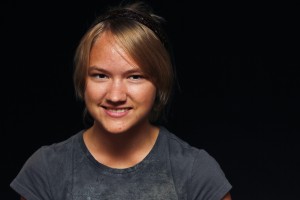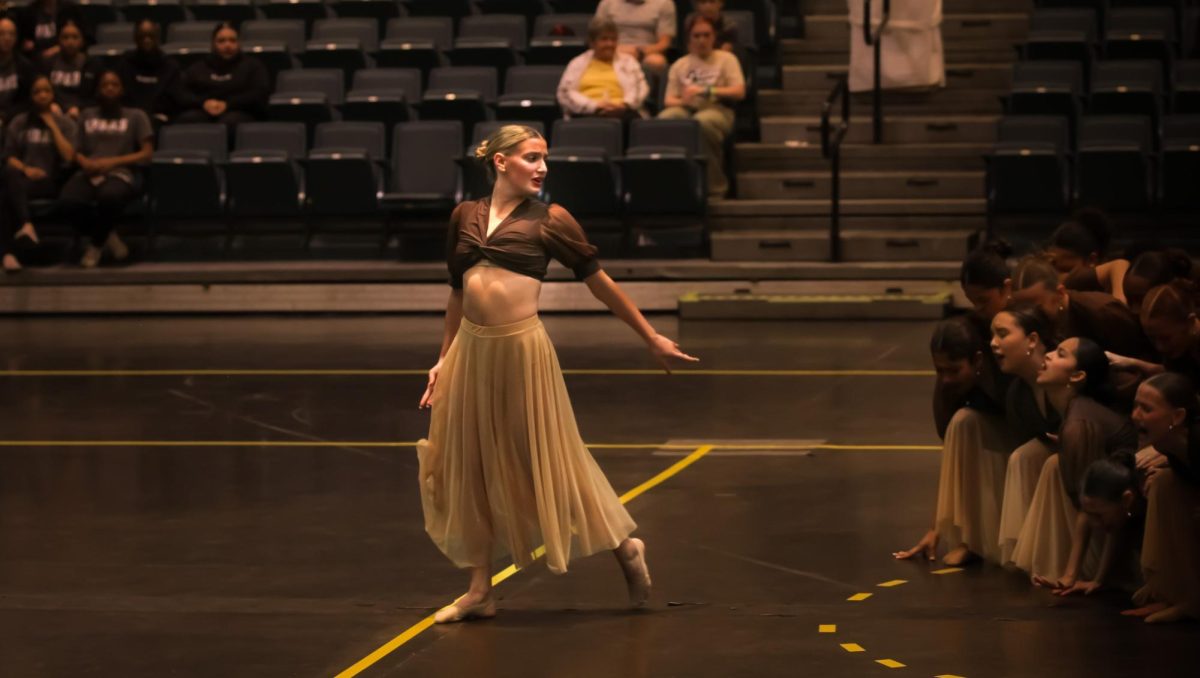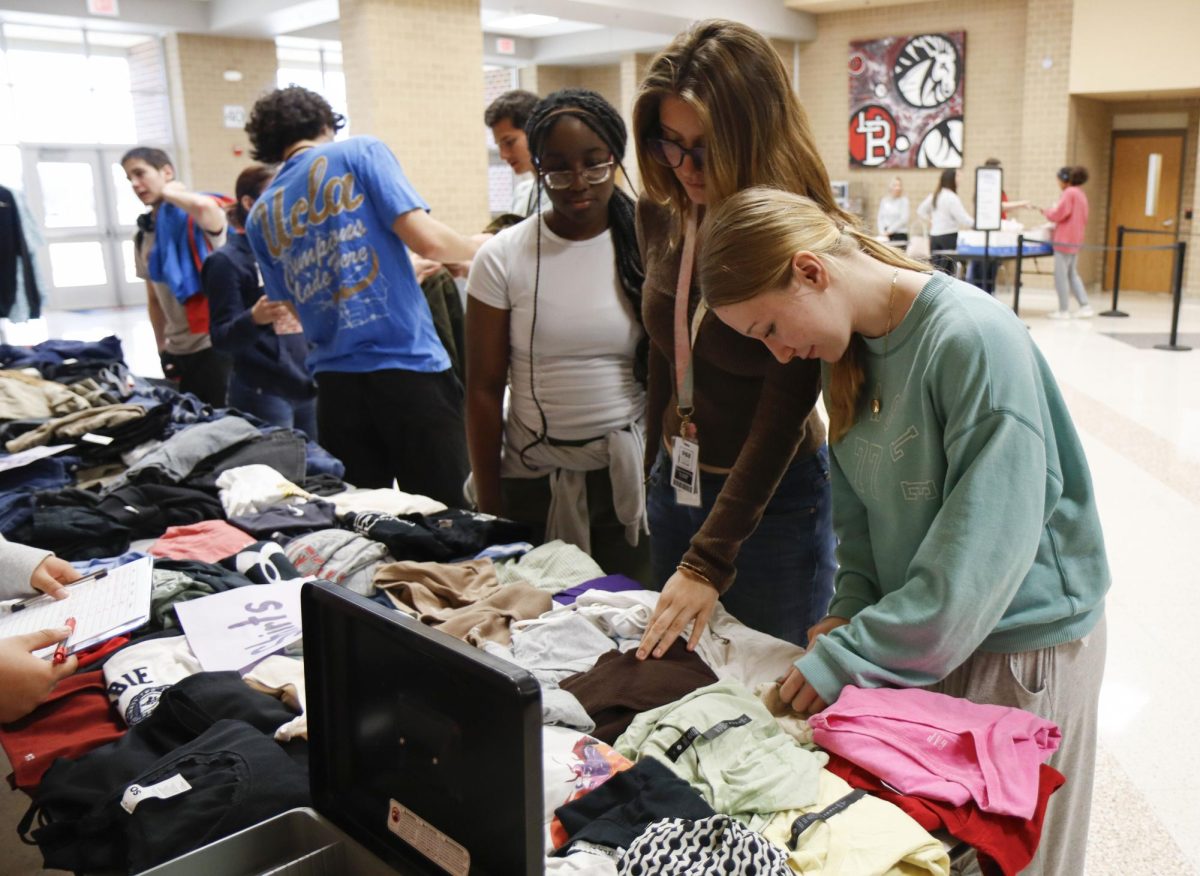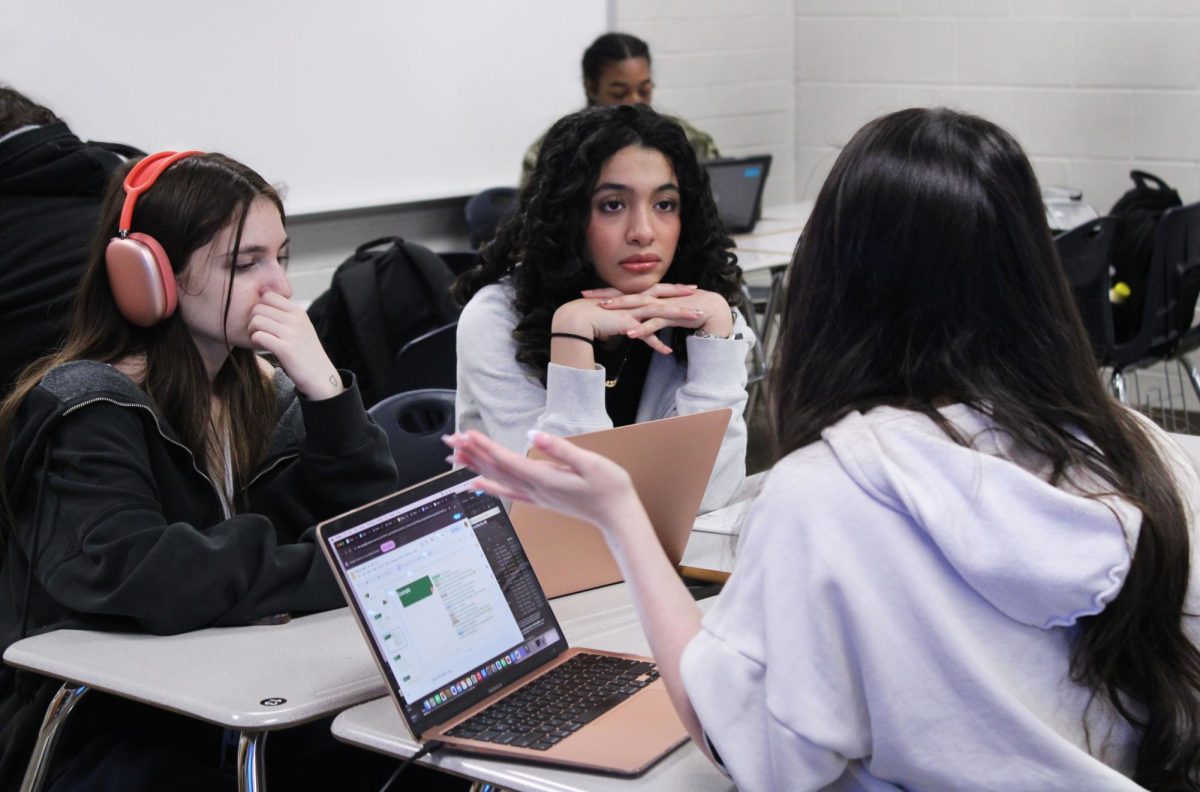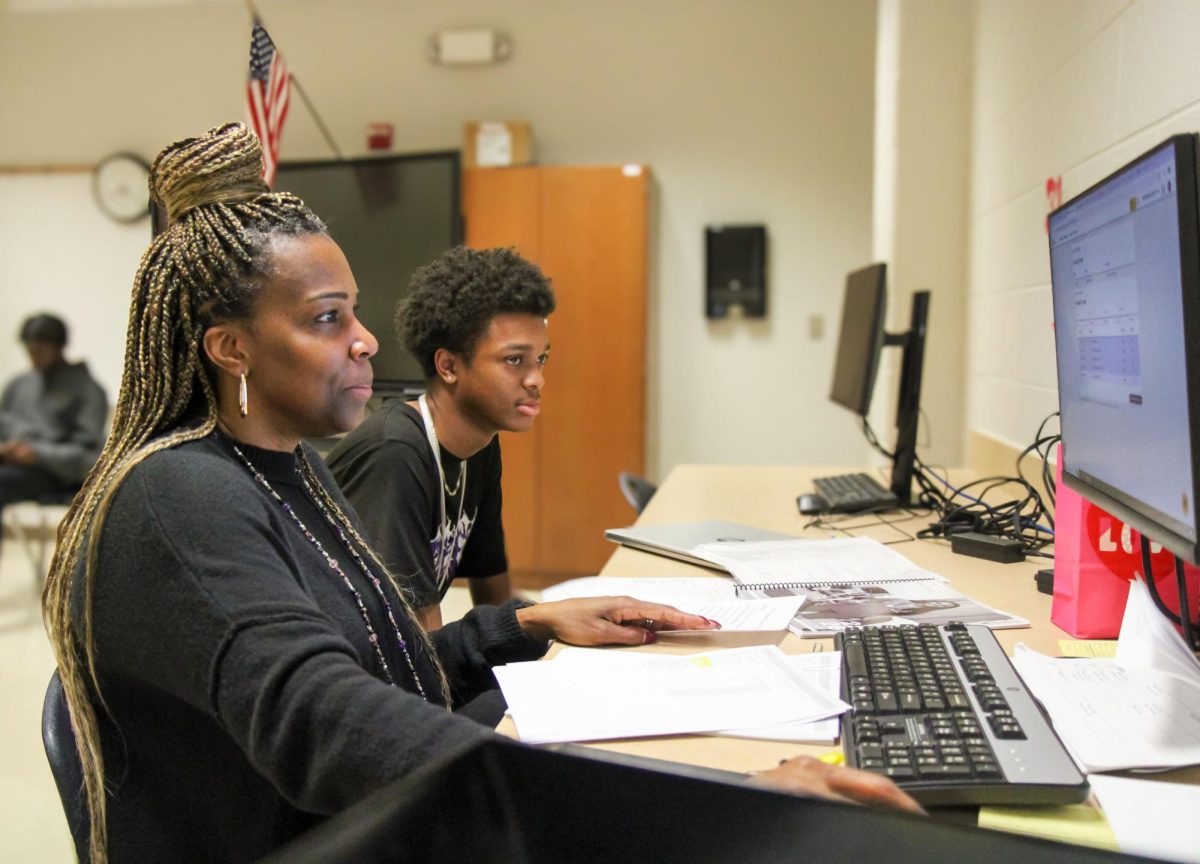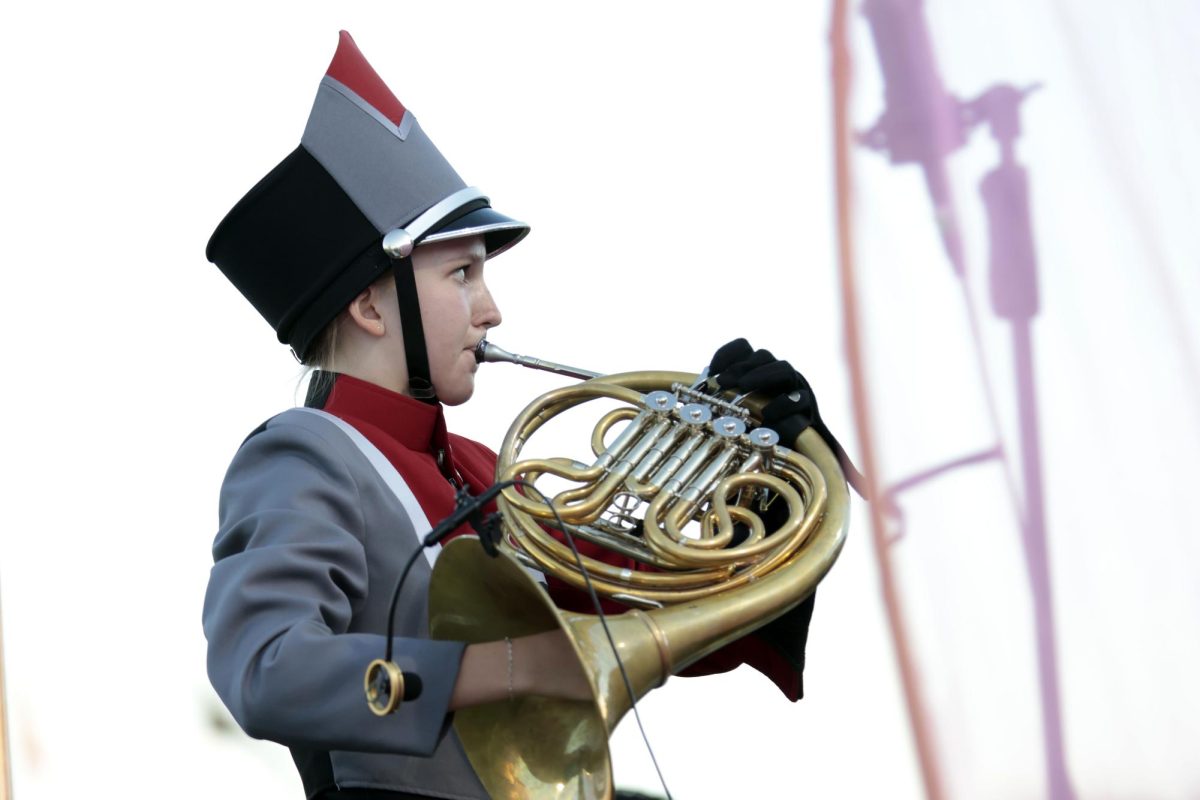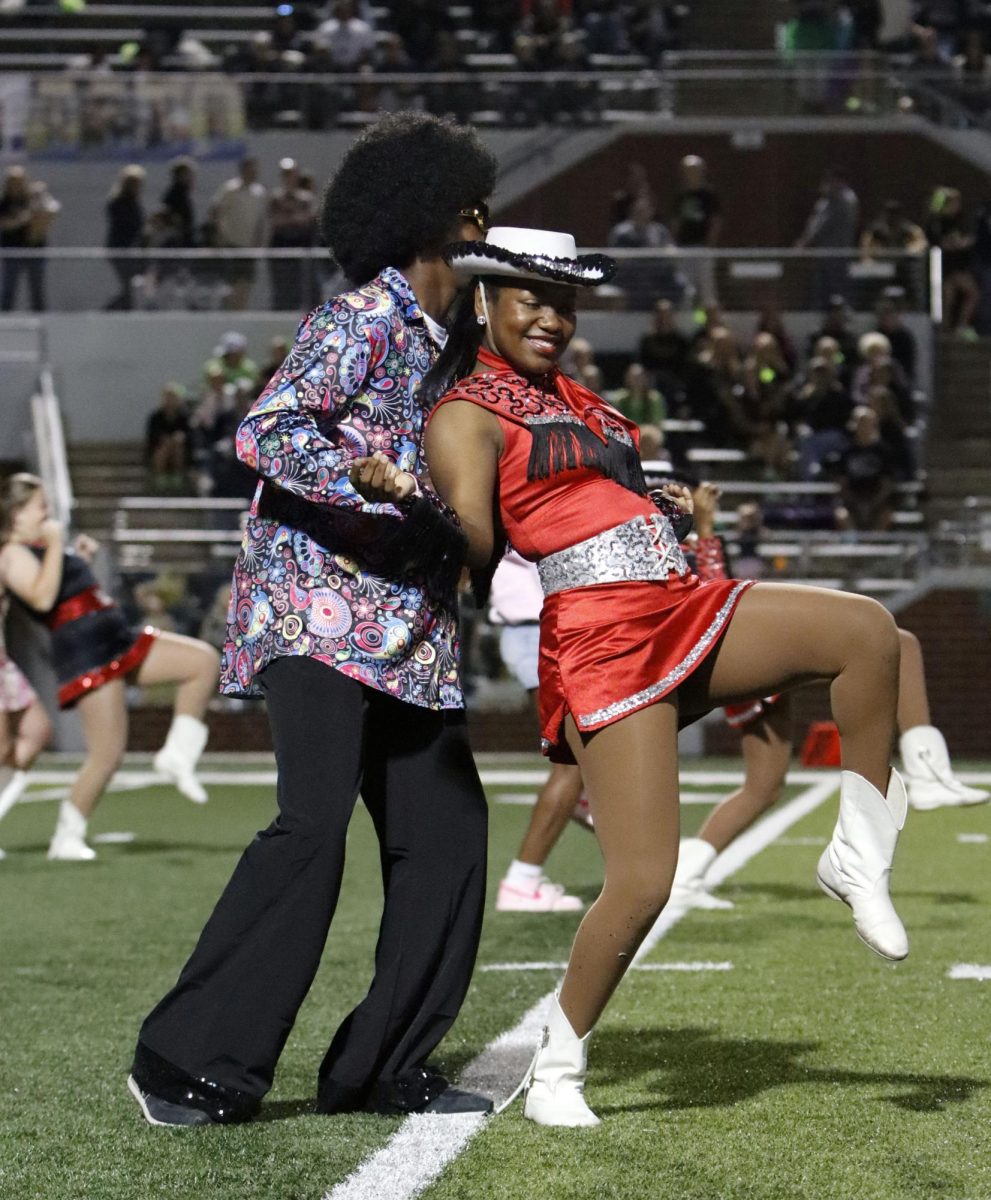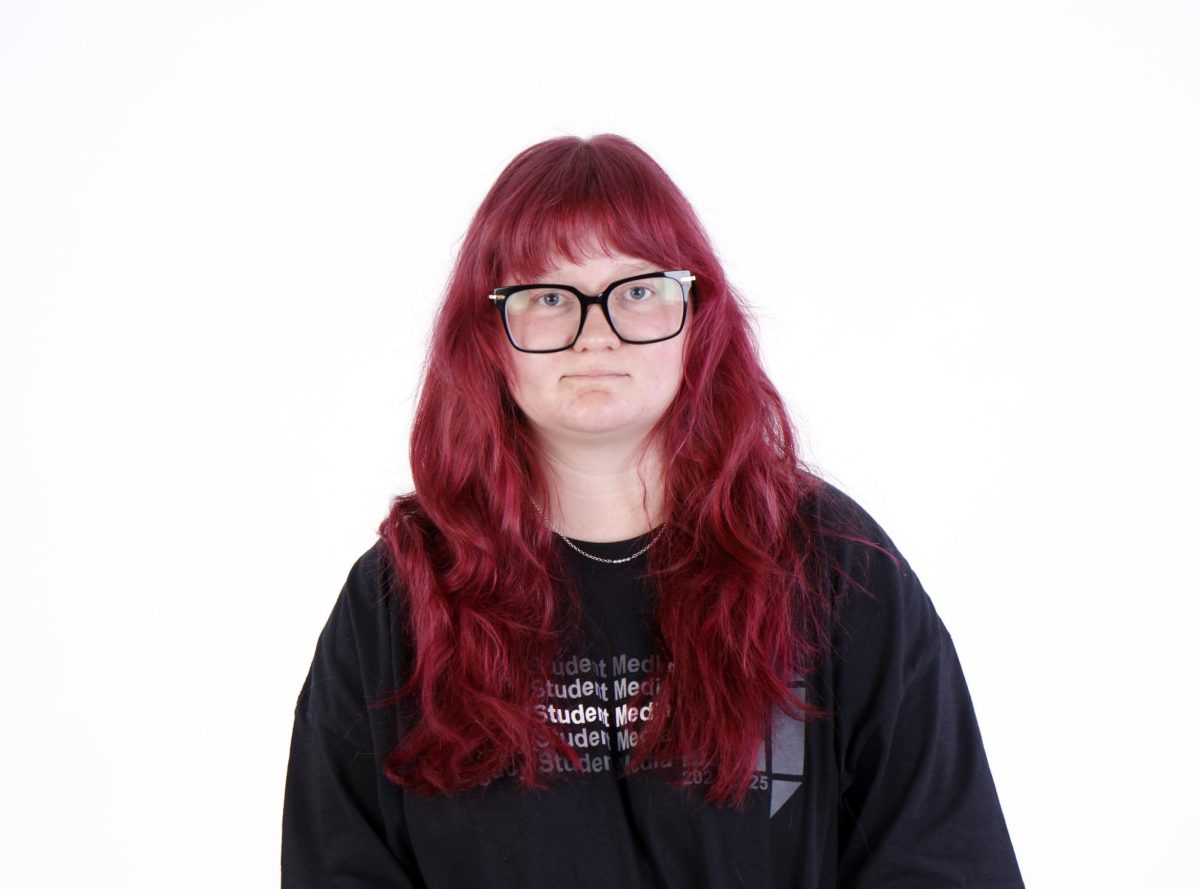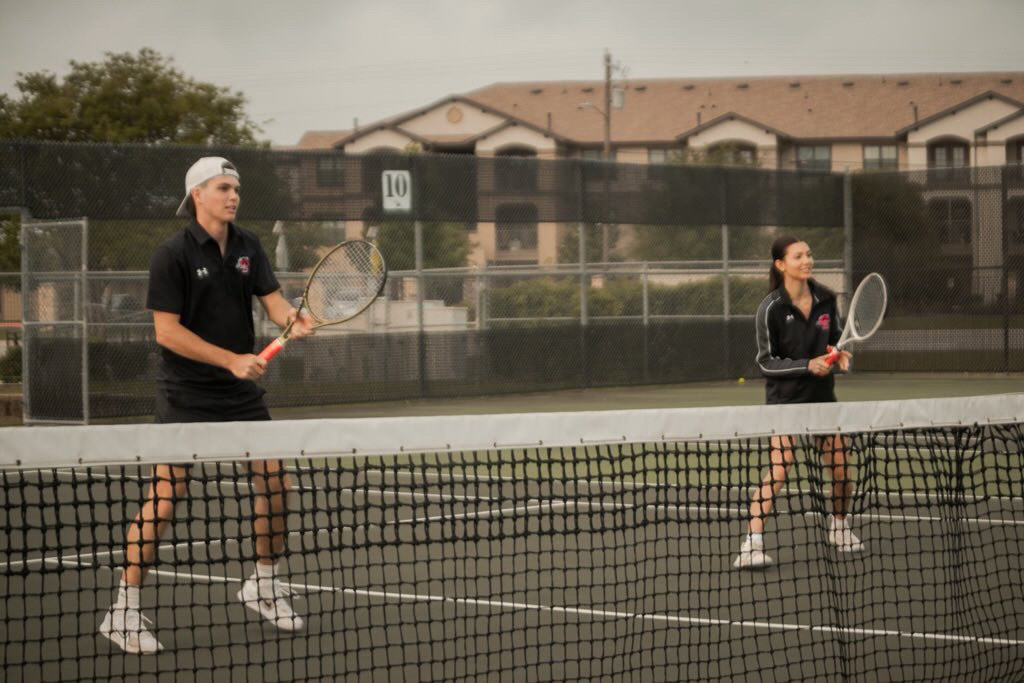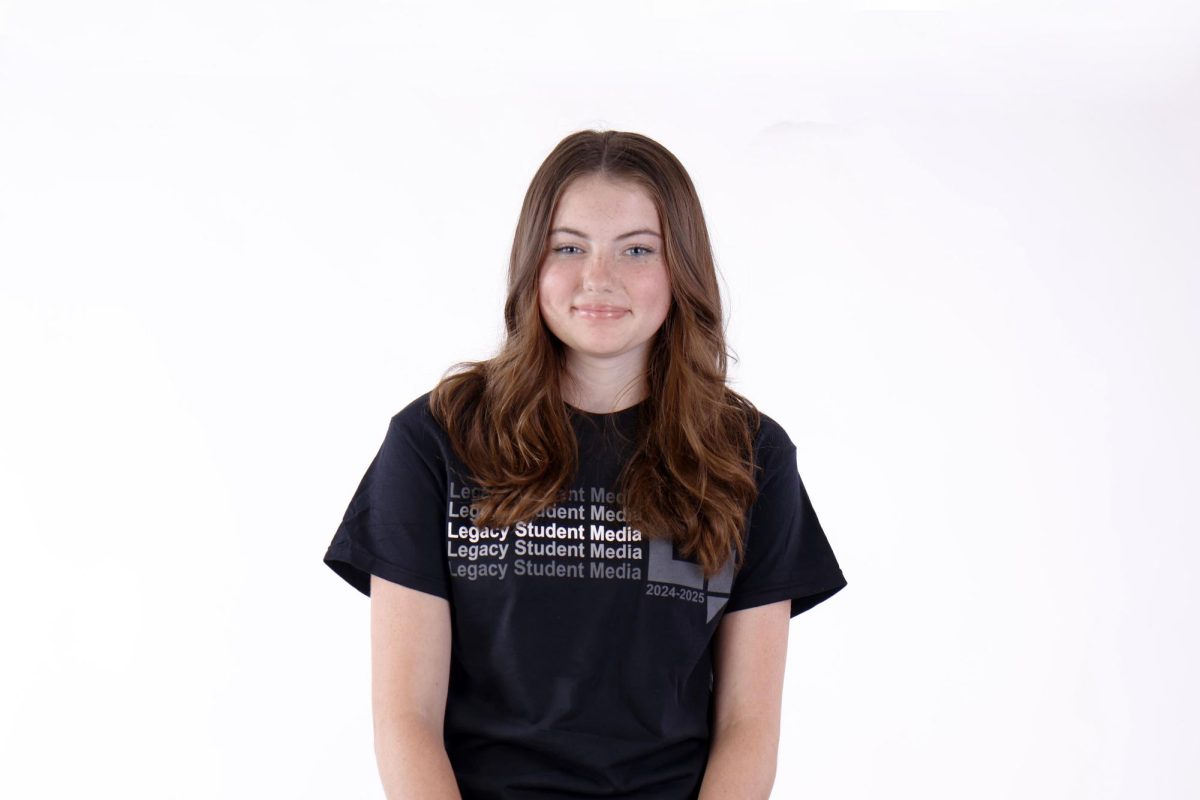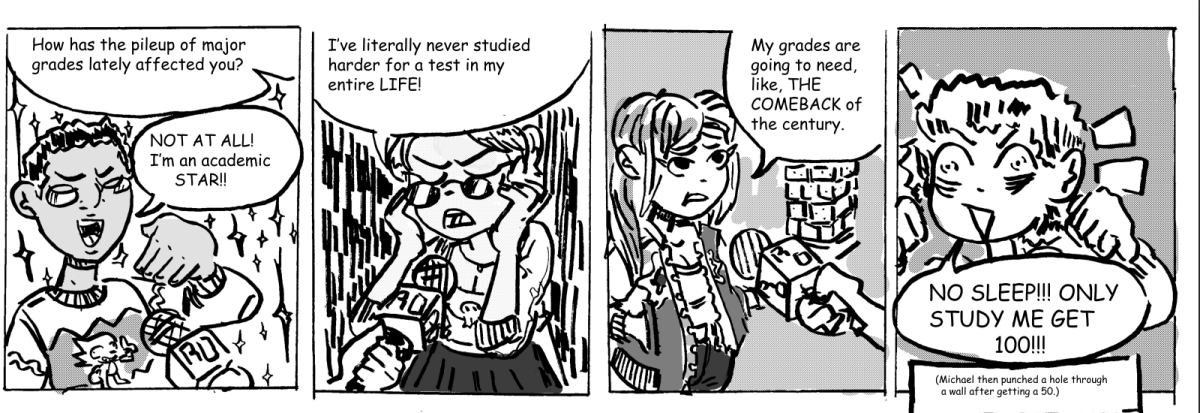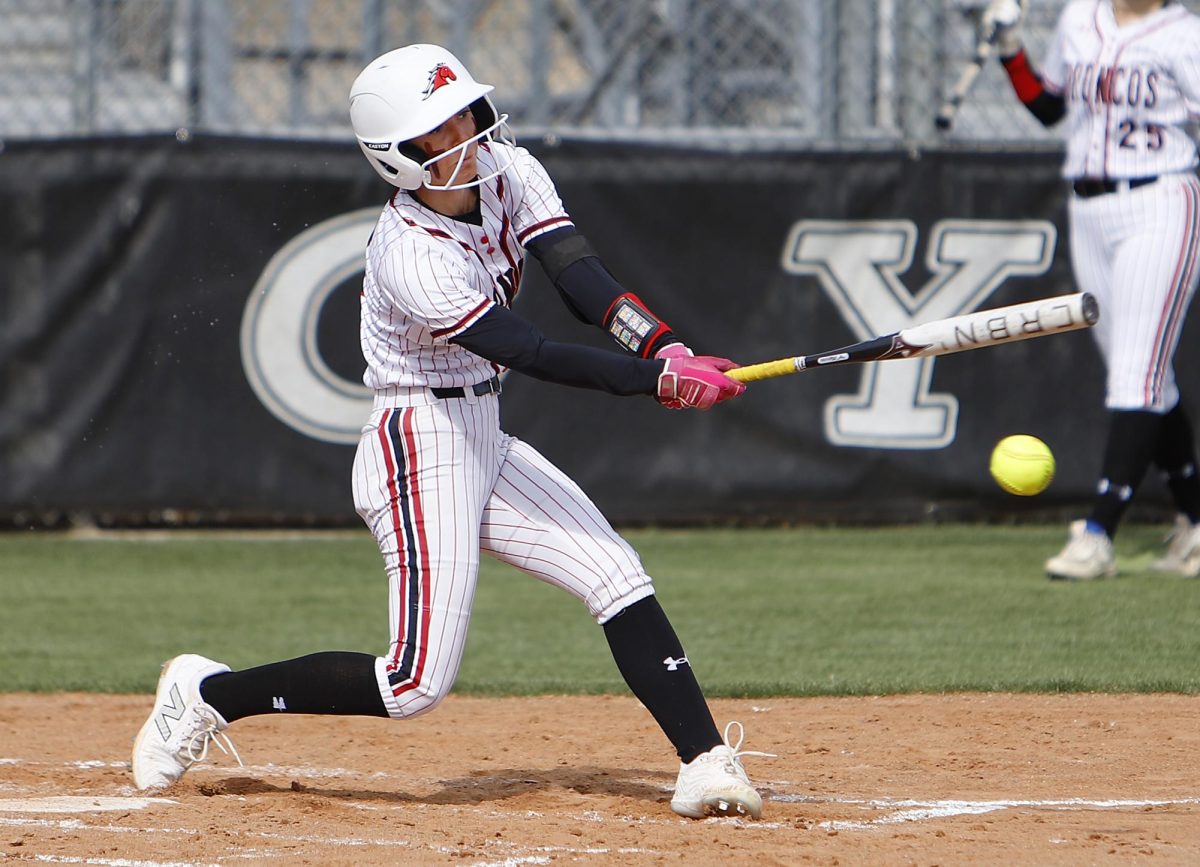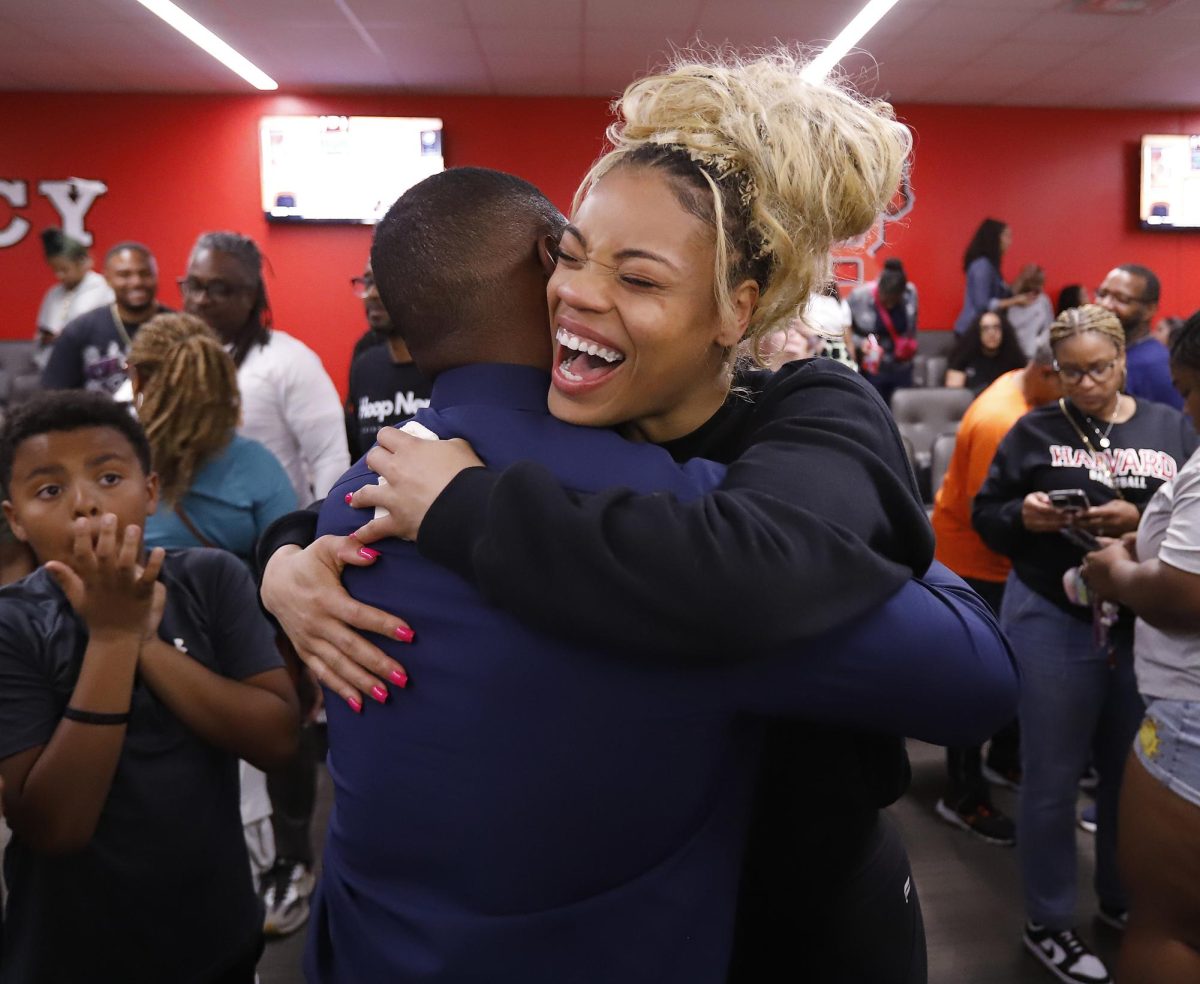Sophomore Will Tullbane dipped his hands into a soapy solution and watched as his teacher lit his palm on fire. The flame exploded into a fireball, reacting with methane gas in the soap bubbles, but after a second it died down and Tullbane was left slightly damp but unburned.
Tullbane’s Pre-Ap Chemistry teacher, Celeste Mullis, uses the fire-in-hands lab every year to demonstrate combustion reactions and specific heat. Tullbane remembers thinking “I hope this doesn’t hurt” when Mrs. Mullis first did the experiment in his class.
“We put water on our hands to protect ourselves,” Tullbane said, “but it was warm.”
The experiment was Tullbane’s favorite so far, topping labs where titrations turned colorful mixtures clear and melting the coatings on paper clips. It even eclipsed an fake alchemy lab where students make copper pennies turn yellow to look like gold. However, the lab had more value for its flashiness than its academic merit.
“It was kind of like ‘cool, look at this!’” Tullbane said. “A lot of us got to do it, and I volunteered because it looked fun.”
Sophomore Macie Tate saw the experiment done before it was demonstrated in class and didn’t volunteer to try it.
“There were too many people wanting to do it, so I just watched it,” Tate said. “I usually don’t like the labs because they are dull and not very exciting.”
Both Tullbane and Tate are considering taking AP Chemistry. Students in AP Chemistry use the same book they used in Pre-AP and learn the second half of what’s needed to pass the AP test in May. Tate has reservations about the class but may take it anyways.
“It’s difficult to learn new topics, but it’s better than biology,” Tate said. “The labs are boring. My favorite part is learning about how you can use it in real life.”
Tullbane already signed up to take the class next year because he enjoys chemistry.
“It’s the best science because it’s really easy. The hardest part is putting in time to review things,” Tullbane said. “I like Mrs. Mullis and just being in the class.”




